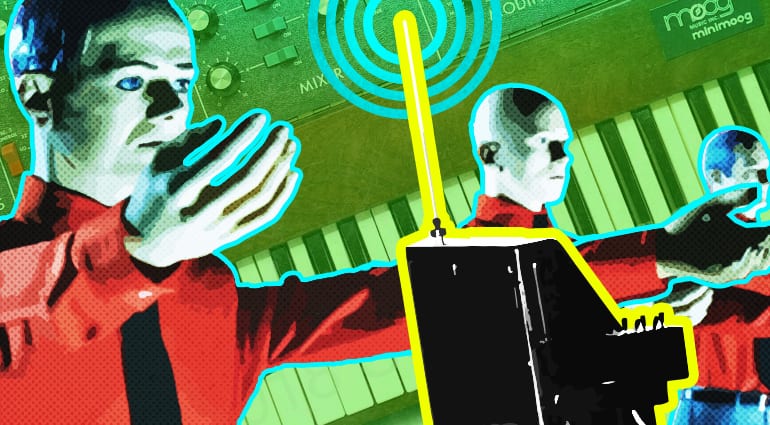
Technology & electricity meet artistic aesthetics
Inventors with a technical and musical leaning laid the foundation for electronic music in all its facets. The basis for these creative beginnings was to create the technological possibilities of electrical sound generation. Electronic music is much older than most people think.
Without the appropriate technology, electronic music could not have been created. After all, it was about nothing less than sound generation based on electricity, i.e. by generators. Developments had been attempted as early as the 18th and 19th centuries, for example in 1867 with the first electromechanical piano, 30 years later with the Teleharmonium by Thaddeus Cahill, a monstrous instrument the size of a freight wagon weighing 200 tons.
From avant-garde to futuristic
In 1928, the Theremin saw the light of day and experimentation with the electrophon was made at about the same time. There were several other inventions and exotic designs with which new musical aesthetics could be achieved. Despite all the technical and musical enthusiasm for experimentation, the problem until then was that the sound generators were neither practical nor able to be mass-produced, and their possibilities were also rather limited. Due to its dimensions, it was hardly feasible to appear with such electronic equipment.

Moog synthesizer – starting signal for electronic music
The real triumphal march on the technological side was initiated by Bob Moog. The Moog Synthesizer was launched in 1964. Suddenly it was possible to change the shape of frequencies, to display sine tones, to create avant-garde diode squealing, creaking or purring. However, the first Moog synthesizer was as big as a closet and more expensive than a family home, which very few musicians could afford.
The Minimoog, the first portable compact synthesizer with an integrated keyboard, really got things going. In the 1970s, it was the affordable foundation stone for the electronic groups that were emerging and appeared in almost every trendy studio. It shaped the music of, for example, Keith Emerson, Chick Corea, Pink Floyd and later also the bombastic rock band Saga and many others. Most strikingly, however, it left its footprints in pure electronic music.

From epicentres like Düsseldorf & Cologne to the World
In addition to the American John Cage, the early pioneers of electronic music are the German composers Karlheinz Stockhausen and Oskar Sala. They were trendsetters, especially since they created a synergy of classic composition and technology in their respective works.
Sound example of Karlheinz Stockhausen
These cross-border and lateral-thinking composers were pioneers and at the same time inspiration for the emerging electro and electro pop scene. The interesting thing was: In contrast to pop, for example, the German scene was even ahead in the electronic genre. Local pioneers included Klaus Schulze, Tangerine Dream, Popul Vuh, Ashra Tempel, Neu! and, above all, a particularly groundbreaking band: Kraftwerk. Quite often this music was also called Krautrock, “Kraut” coming from a slang (somewhat derogatory) expression for “German” and rock for “rock music”, even though the genre had little to do with rock music.
Electronic music as a new outlet for lifestyle
The electronic music fit perfectly into the time of the ’68 movement. It was the time of student revolt, people wanted to shed the burden of tradition and not adhere to traditional clichés. The long-haired hippie generation with their preference for folk and hard rock slowly became quieter. Avant-garde electronic music took on the role of a new outlet.

Power plant between kitsch, electronic art & avant-garde
Probably no German music group had more influence than Kraftwerk. The two founding members Florian Schneider and Ralf Hütter transformed pop music and became godfathers of genres such as synth-pop, hip-hop, electronic dance music and post-rock. The New York Times summed up their significance with these words: “they are what the Beatles are for rock music, a powerhouse for electronic dance music”.
Kraftwerk really got going in 1974. On the album “Autobahn” they combine catchy melodies from synthetic sound generation with vocals for the first time. An absolute crossover novelty at the time. In 2014 they were awarded for their lifework, a year later “Autobahn” was recorded in the Grammy Hall of Fame; the album is considered a World Heritage Site of Pop History. Kraftwerk won the first Grammy in 2018, asserting itself against artists young enough to be their grandchildren. Florian Schneider died on April 21st, 2020, two weeks after his 73rd birthday.
You are currently viewing a placeholder content from Youtube. To access the actual content, click the button below. Please note that doing so will share data with third-party providers.
Surely there have been, and are, a number of other musicians, instruments and musical styles from synth pop to techno in the evolution of electronic music. And of course not only the Moog synth has shaped the technical side, rather, on the contrary! But more on that next time. To be continued…
3 comments
Leave a Reply
You are currently viewing a placeholder content from Facebook. To access the actual content, click the button below. Please note that doing so will share data with third-party providers.
More InformationYou are currently viewing a placeholder content from Instagram. To access the actual content, click the button below. Please note that doing so will share data with third-party providers.
More InformationYou are currently viewing a placeholder content from X. To access the actual content, click the button below. Please note that doing so will share data with third-party providers.
More Information

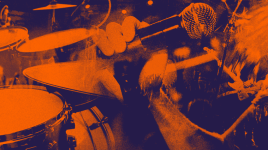
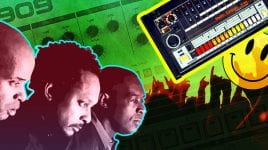
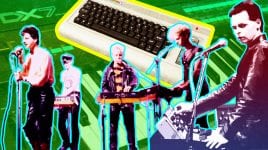
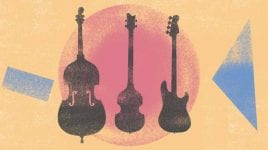


Scott says:
Delia Derbyshire and Daphne Oram.
You seem to have totally forgotten these two ladies contribution and influence on the electronic music scene , go research these two women , I feel you have left out a huge chunk of history here
Chris Wood says:
What about EMS?
Chris Christmas says:
The writing is terrible and it’s clear you know almost nothing about your subject.